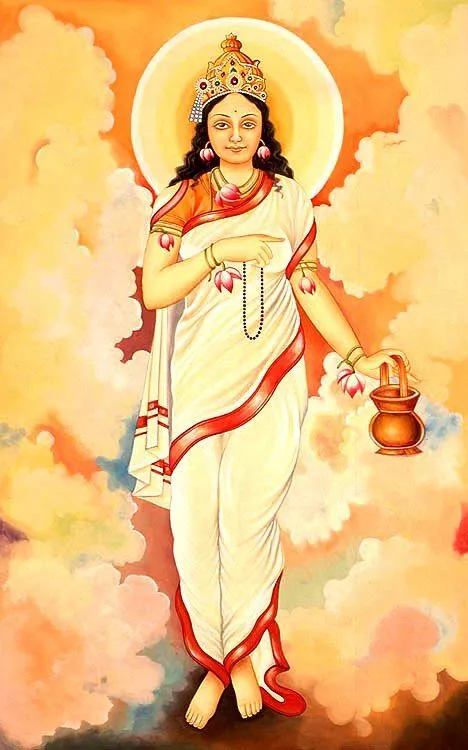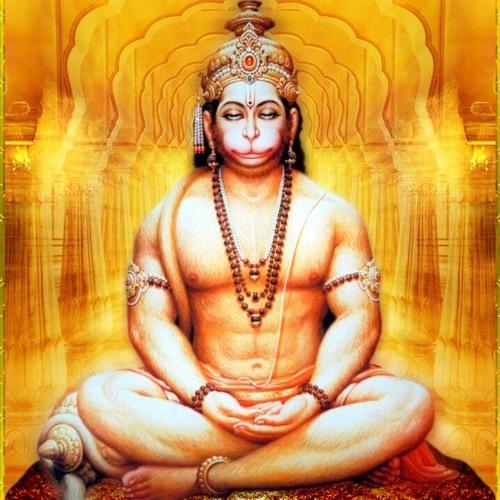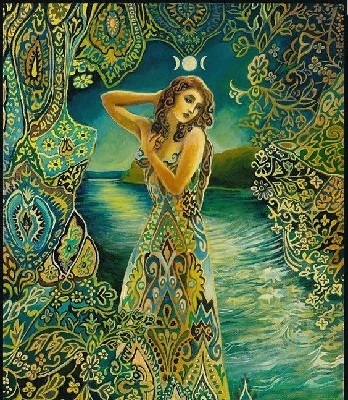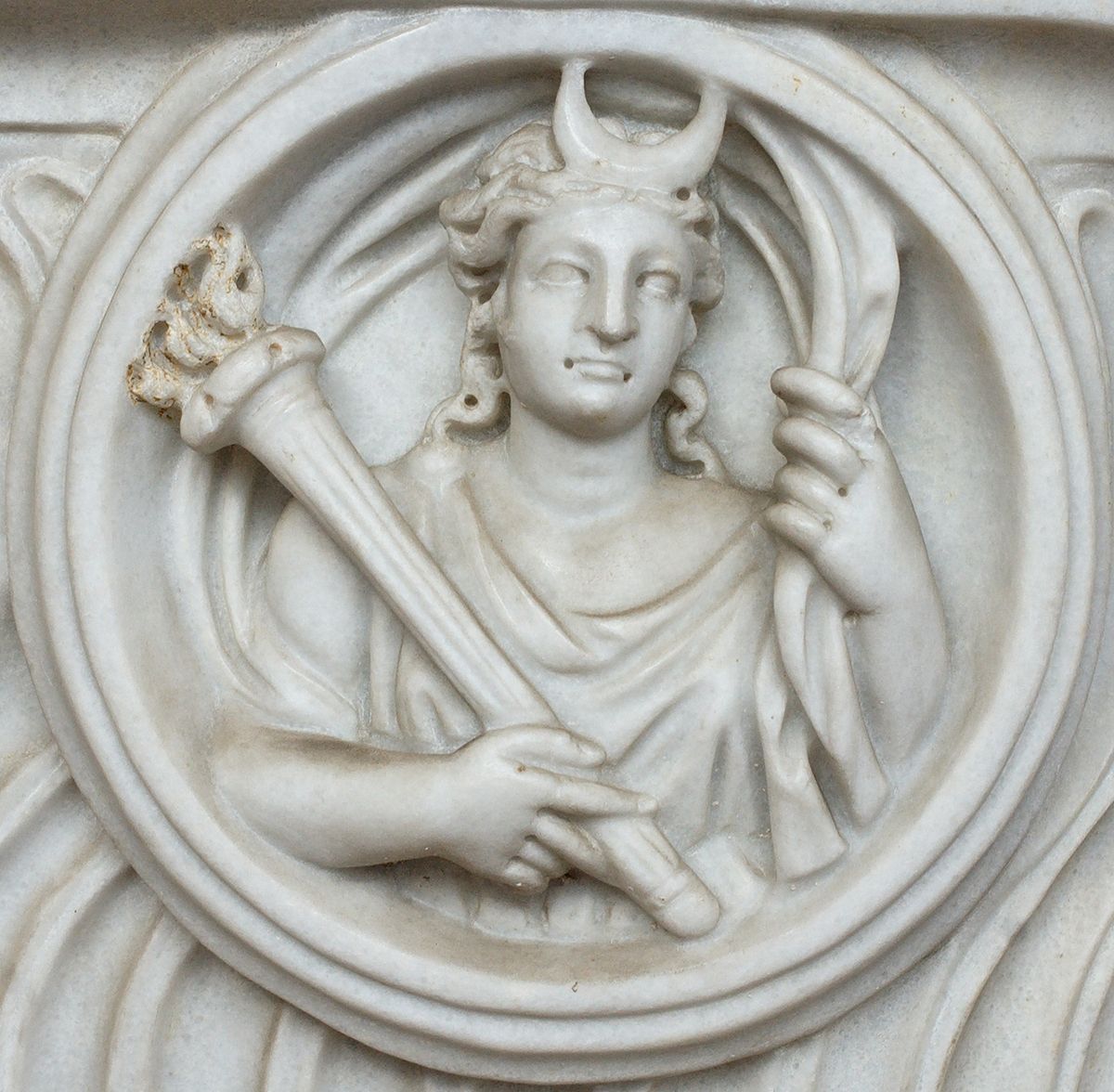
2nd Day of #Navratri: Colour - #Green
Symbolism: Green represents growth, renewal, nature, and energy. It is associated with peace and harmony, making it a color that encourages a sense of inner calm and focus among devotees.
Spiritual Connection: Wearing green is believed to attract positive energy and inspire spiritual growth. Devotees don this color to align themselves with the qualities of #MaaBrahmacharini, who embodies #devotion and #perseverance.
#Maa #Brahmacharini
#Maa-Brahmacharini is revered for her dedication and commitment to spiritual practices. Her name combines "Brahma," meaning supreme consciousness or knowledge, and "Charini," meaning one who practices or pursues. This form of the goddess symbolizes devotion, peace, and self-discipline
Green (Day 2): Green is that colour reserved for the festival's second day, remembering #Goddess Brahmacharini. The symbol includes new beginnings and growth, relating to fertility, as people believe it may bring prosperity into their lives.



